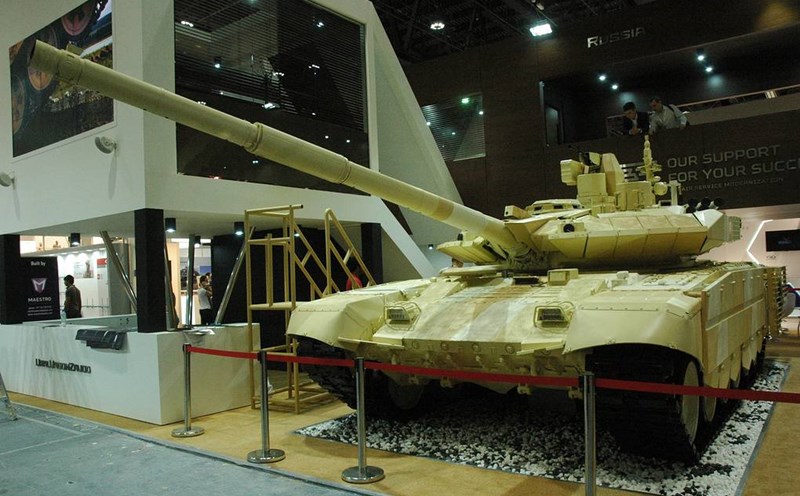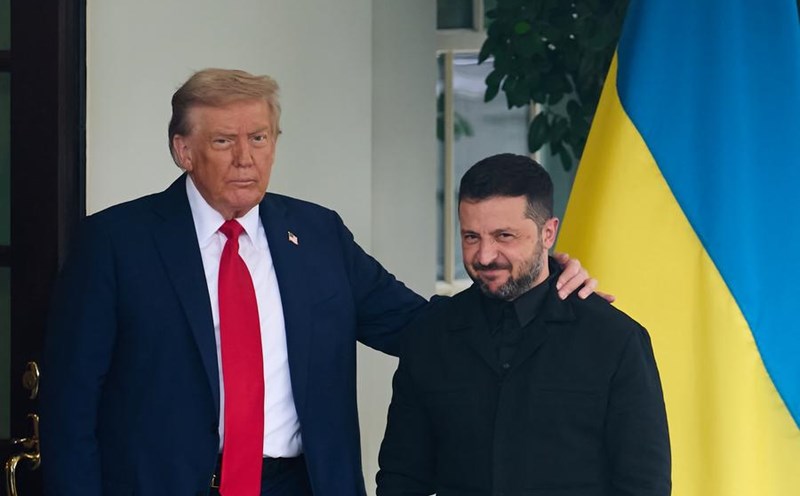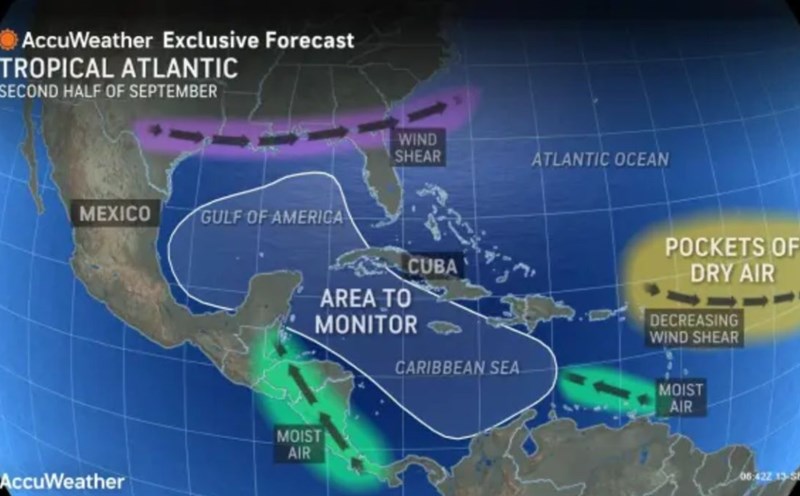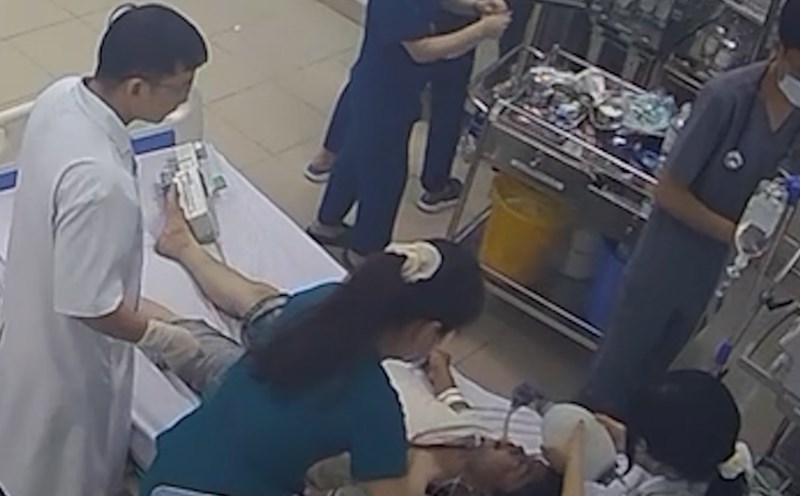Currently, the G7 and the European Union (EU) are discussing plans to use profits from frozen Russian assets to secure a $50 billion loan to Ukraine. In early September, European Commission President Ursula von der Leyen even proposed a new compensation loan from this source of income.
However, many Western politicians have repeatedly called for stronger action: Direct confiscation of Russian assets to Ukraine. Moscow has repeatedly warned that it will respond with similar measures.
According to the latest data collected by Sputnik, by the end of 2023, the total value of direct investment of the EU, G7, Australia, Norway and Switzerland in Russia will reach 285 billion USD. The actual figure could be higher, as Russia has banned investors in unfriendly countries from withdrawing capital.
The EU alone invested up to 238 billion USD, of which the Cypriot side was 145.4 billion USD; France was 21.7 billion USD; Germany was 19.2 billion USD; the Netherlands was estimated at 20.8 billion USD (not officially announced); Italy was estimated at 12.6 billion USD; Austria was estimated at 6.9 billion USD; other EU countries were estimated at 11.5 billion USD.
In the G7, the US is the largest investor in Russia with 7.7 billion USD. Japan ranked behind with 4.8 billion USD, followed by Canada with 3.9 billion USD and the UK with 3 billion USD.
In addition, Switzerland has 27.5 billion USD, Norway 43 million USD, Australia about 400 million USD.
Shortly after Russia launched a special military campaign in Ukraine, the West imposed a series of sanctions, including freezing the foreign exchange reserves of the Russian Central Bank.
According to a report by the Russian Central Bank, as of the end of June 2021, about $288 billion in reserves of the Russian Central Bank were deposited in Austria, the UK, Germany, Canada, the US, France and Japan, along with $63 billion in other unnamed countries.
In early 2022, Russia's total foreign exchange reserves reached 630.6 billion USD, half of which was held in key reserve currencies.











